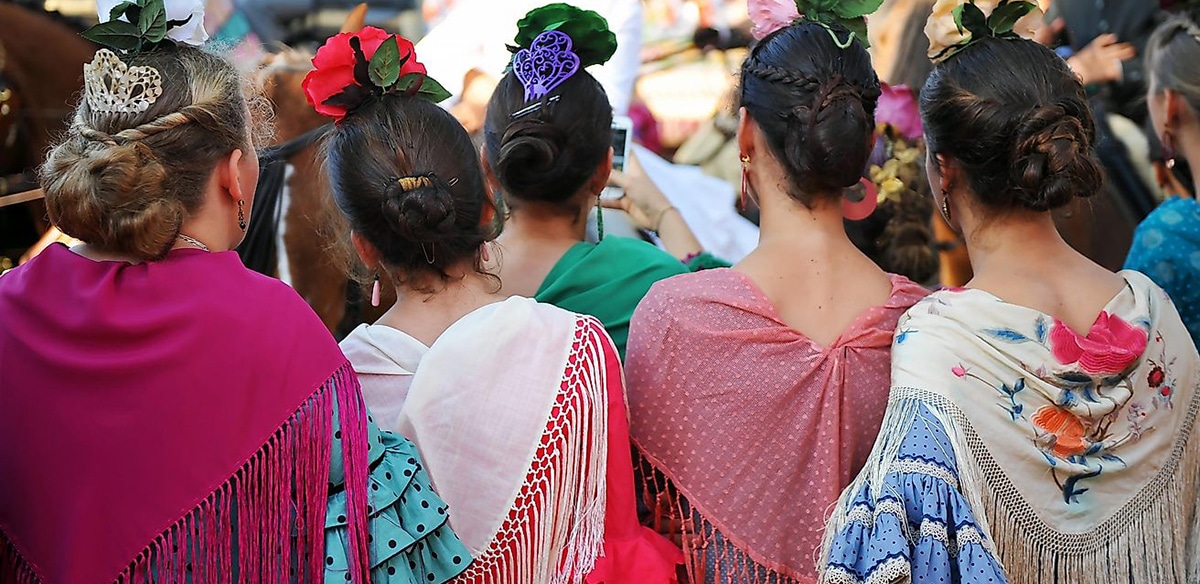
Each country has its customs, a product of the passage of time, its people, its land. What then are the spanish customs What should be known if one is thinking of going to Spain?
Well, there are several, some more common or popular than others, but all with their peculiarities. Today, then, Spanish customs to keep in mind.
Tapas and beers
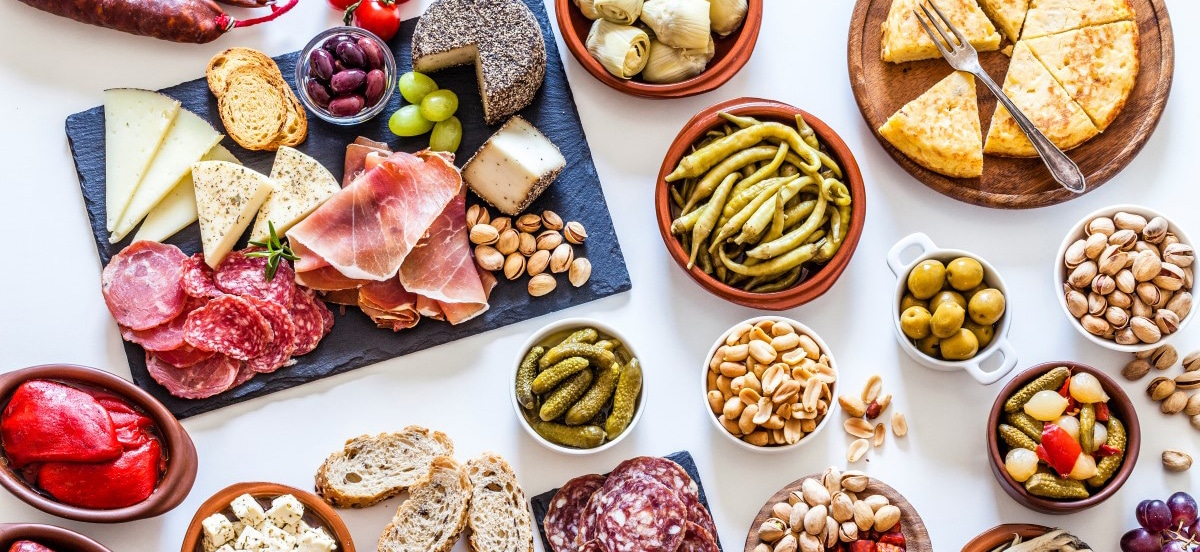
As travelers, as visitors, we are always more than willing to enjoy Spanish social life. When a Spaniard wants to have a good time, it is always about going to a bar and having a beer and eating something.
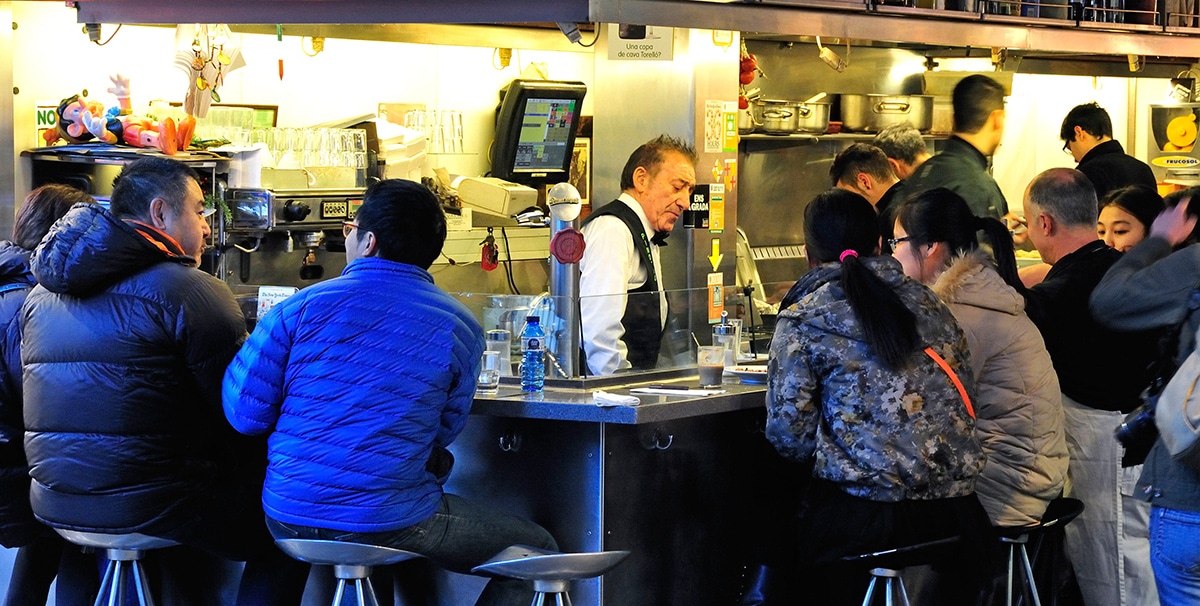
That is to say, go for tapas and beer. And the best thing is that you don't necessarily have to wait for it to be Friday night or Saturday. Any day of the week it is possible to go out with a Spaniard or Spaniard as they are sociable people.
popular festivals
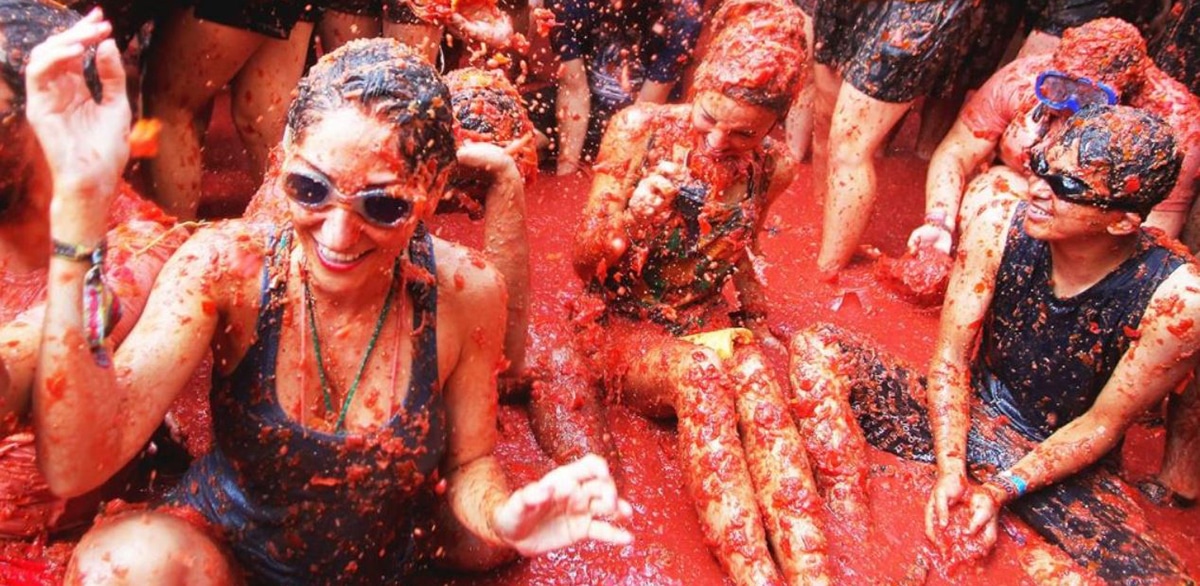
Spain is a country with many popular festivals at all times of the year, so there will be no shortage of party opportunities. There are regional and municipal festivals, by neighborhood and national holidays. The excuse to party is always valid.
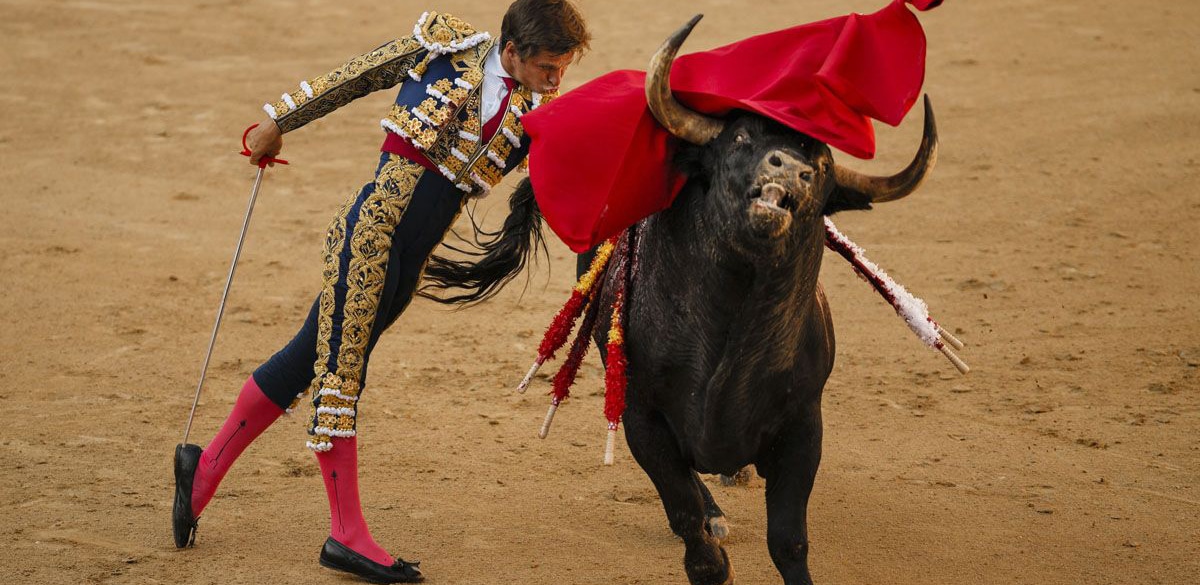
Thus, we can name the festivals of San Fermines de Pamplona or the Fallas of Valencia, bullfights, Flemish in the south of the country, the April Fair in Seville, Pilgrimage of El Rocío, the Red Tomatina in Buñol, the Christian pilgrimage route known as the the Camino de Santiago, tamburrada of San Sebastián, Fiestas de San Isidro from Madrid or the Carnival in various places in the country, just to name a few of the best known.
Grapes and chimes at New Year's Eve
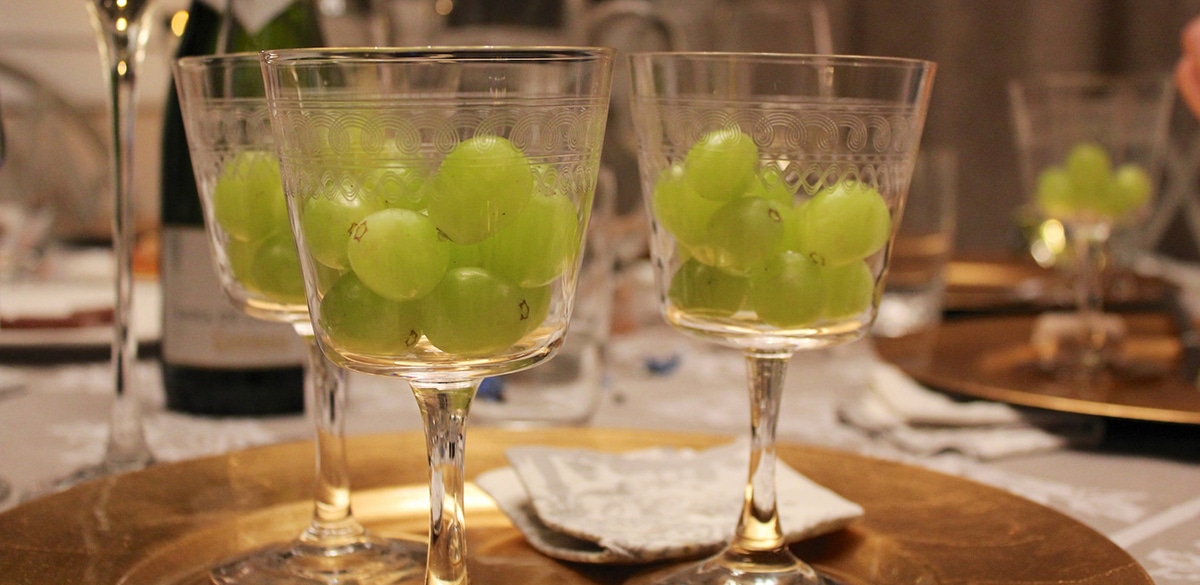
Continuing with the festive tone we cannot ignore the Spanish tradition of eat 12 grapes at 12 midnight of the new year. My grandmother, whose family was from Almería, made me repeat this custom every New Year of my childhood, regardless of whether it was already stuffed like a pig after dinner and desserts.
Spanish families meet on the last night of the year and it is usual to turn on the TV and wait for the count which marks the start of the first day of the new year. There is always a bowl of grapes and you have to eat 12 or put 12 in your mouth, whichever you can first.
The Spanish siesta
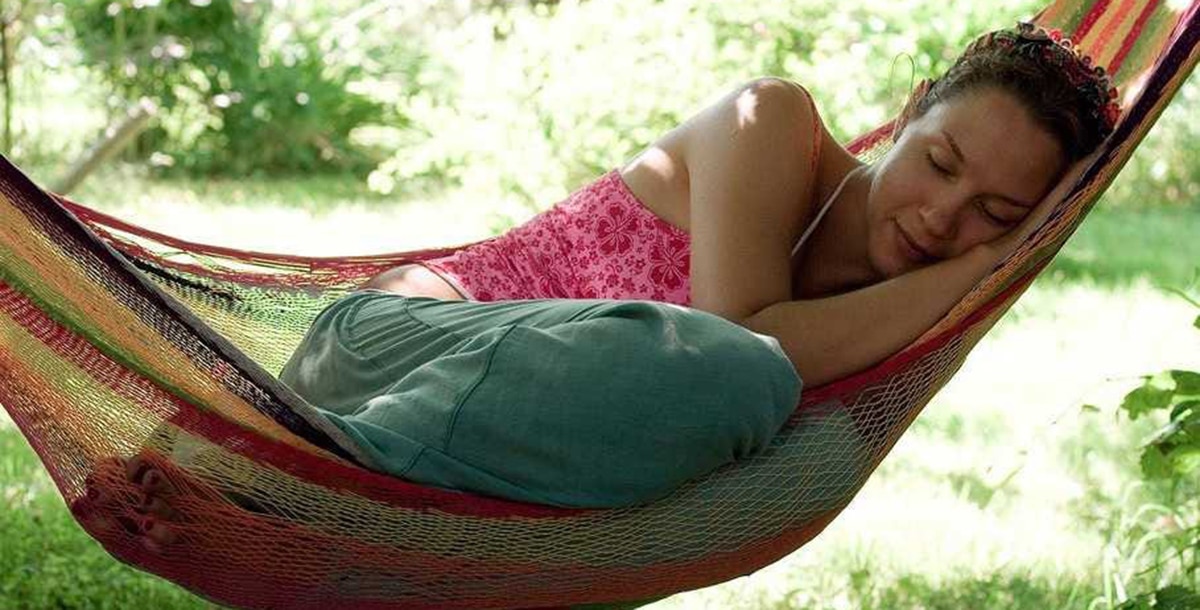
A country with warm temperatures in summer tends to have this habit, so Spain is no exception. In fact, it is because of the colony that naps today are also tremendously popular in many Latin American countries.
After lunch, whoever can go to bed a little either in bed or on the couch or in a chair to fall asleep for a while. An hour is what many aspire to but it is not always possible. There are people who take a nap dressed and many others who undress as if it were already 10 at night.
The good thing is that a nice nap awakens you and leaves you very cool to go out to bars, tapas and beer.
Desktop

When I was a child, we all ate in the kitchen, with no television in sight. It was the time to talk about our things and we really enjoyed it. Afterwards, a coffee, a dessert and the talk continued. Also safe while we or my mom cleared the table and washed the dishes.
Desktop it's the time after eating, whether it's lunch or dinner, it's a time for conversation and sometimes it is even longer than the food itself.
Lunch hours

Each country has its traditions regarding the times of the main meals of the day. Many times they adapt to working hours and it also depends on whether it is a city or a smaller and quieter town.
While some Anglo-Saxon countries have earlier schedules for everything, in Spain meal times are usually late. Lunch in Spain can be quietly at 2 in the afternoon and dinner at 9:30 at night.
That is why it is usual for restaurants and bars to also manage schedules like this. You can go to dinner late, you can stay after dinner, you can have dinner and then go out to bars.
Spanish food

Bread is never lacking, you eat a lot of fish and meat, soups and of course, wine. Sometimes it came with soda. Spanish cuisine is super tasty and you can't leave without trying the tortilla, with potatoes and egg, the Serrano ham, Asturian bean stew and an endless number of other dishes.
When it comes to breakfast Spaniards usually choose a coffee, a bun or muffin, orange juice, chocolate milk, toast, cookies and if they are hungry cheers or good ones churros with hot chocolate.
Spanish games
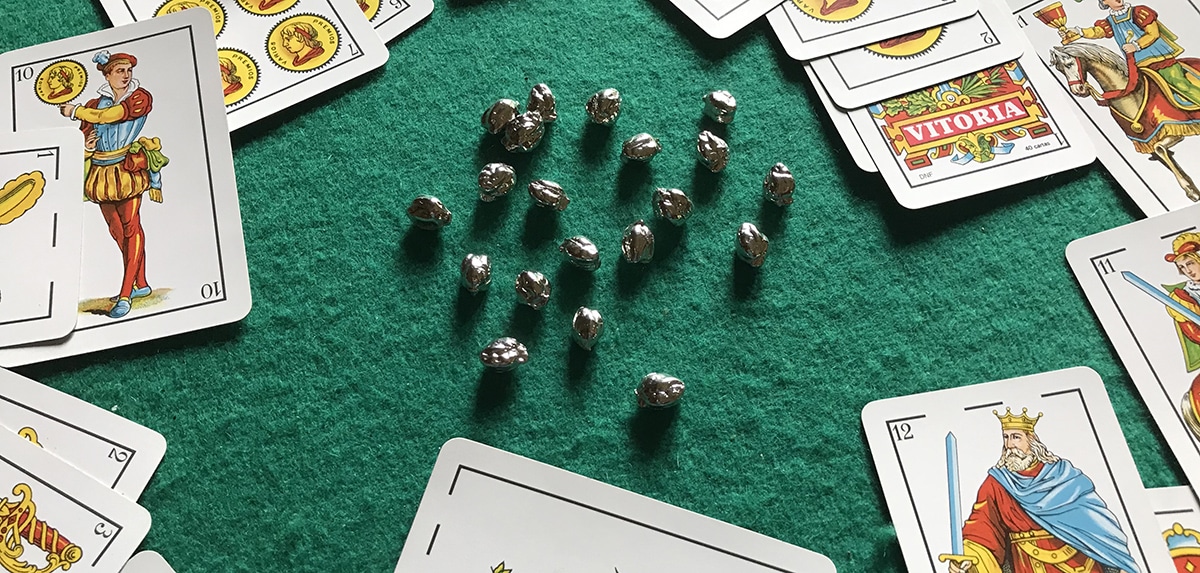
La spanish deck it is a classic and there are several possible games. The Suits and its multiple variants is very popular, there is also the Half past seven, similar to Black Jack and imported from Italy, or Puree, which was born in the Basque Country but has spread throughout the nation and is one of the most played.
El domino is also very popular, the ludo (Who remembers the popular musical group of children from the '80s?) With its colored tiles and its board, the hiding place, the rubber bands (in other countries known as «the elastic»), the Game of the Goose, the game of badges and the two-team game called churro, half sleeve or whole sleeve.
Spanish marriage

A couple gets married and the people, at the exit of the ceremony, throw them rice or rose petals, also has its place engagement ring, in the ring finger of the left hand, or the sharing 13 monedas, the earnest money, representing them the commitment to share the future and the goods together.
In Spain there are usually no bridesmaids or friends of the groom as one often sees in American movies. The godparents they are almost always the bride and groom's own parents and serve as witnesses to the bond.
So far then some of the most popular Spanish traditions. At least the ones that you should know if you go on a trip to Spain and want to understand and have a good time.